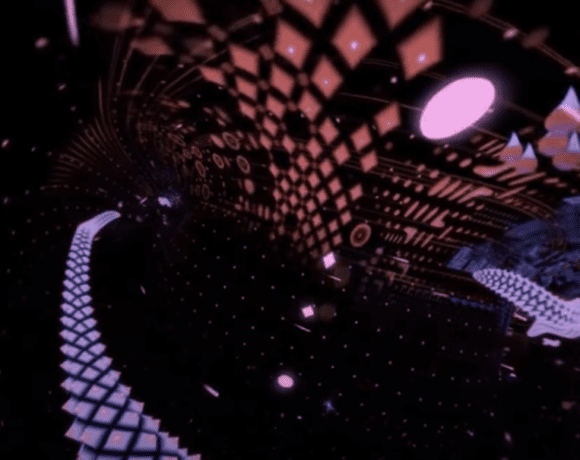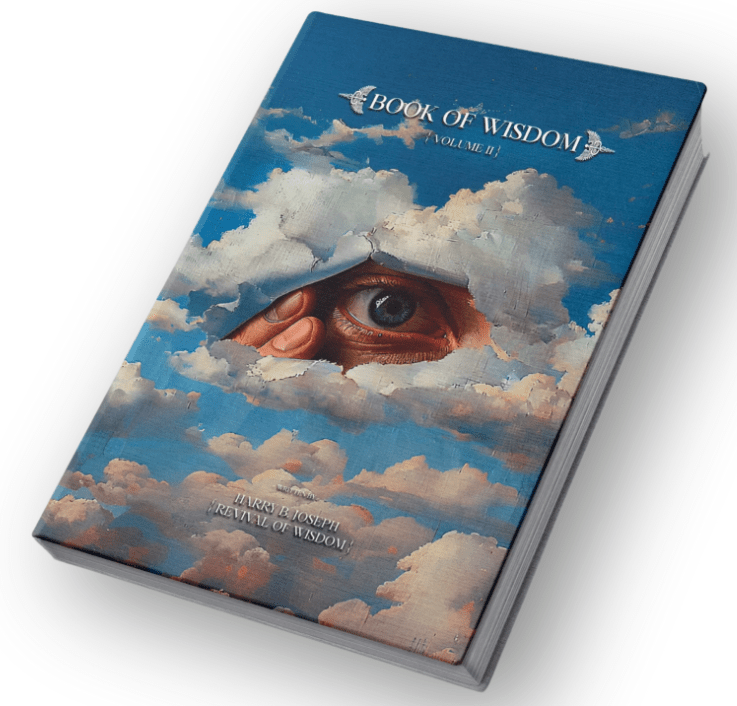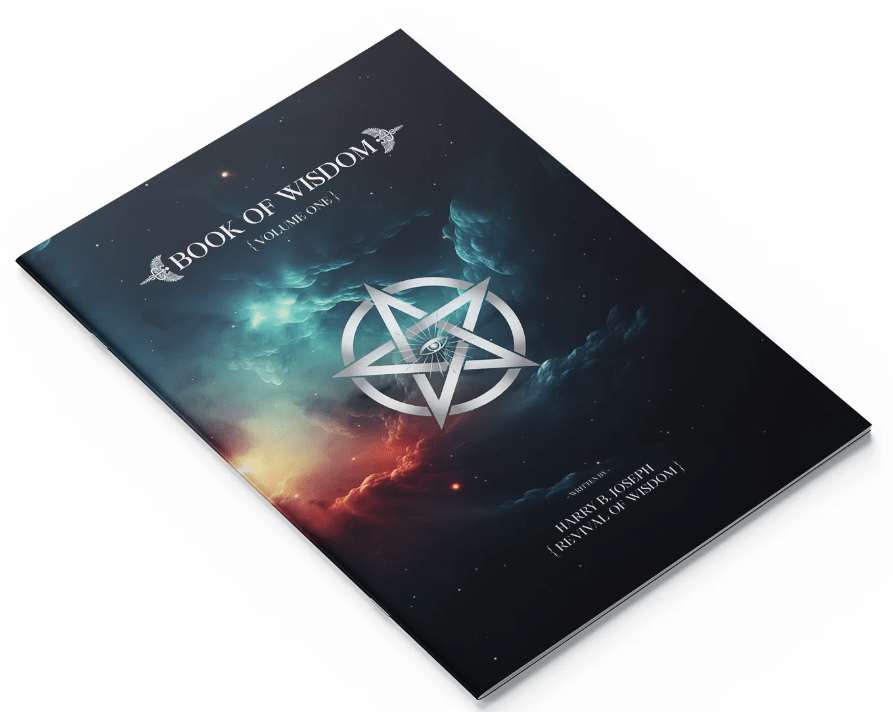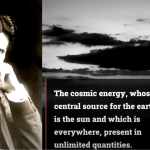In the vast tapestry of human experience, few phenomena bridge the realms of art and science as seamlessly as cymatics—the study of visible sound and vibration. Nigel Stanford’s groundbreaking video, “CYMATICS: Science Vs. Music,” serves as a mesmerizing testament to this intersection, offering viewers a visual symphony where sound waves sculpt intricate patterns in various mediums.
The Genesis of Cymatics
The term “cymatics” derives from the Greek word ‘kyma,’ meaning ‘wave.’ Pioneered by Swiss scientist Hans Jenny in the 1960s, cymatics explores how sound frequencies influence the formation of patterns in substances like sand, water, and other malleable materials. Jenny’s experiments revealed that when these materials are subjected to specific frequencies, they organize into symmetrical, often mandala-like designs, suggesting a profound connection between sound and form.
Nigel Stanford’s Vision
Released in 2014, “CYMATICS: Science Vs. Music” is more than just a music video; it’s an exploration of the tangible effects of sound. Stanford meticulously orchestrates a series of scientific experiments, each synchronized to the beats and melodies of his composition. The result is a visual journey that transforms abstract sound waves into captivating, observable phenomena.
A Symphony of Experiments
Throughout the video, Stanford employs various scientific apparatuses to demonstrate cymatic principles:
Chladni Plate: Named after German physicist Ernst Chladni, this device consists of a metal plate covered with sand. When vibrated at specific frequencies, the sand arranges itself into intricate patterns, known as Chladni figures, illustrating the direct relationship between sound and physical form.
Rubens’ Tube: This apparatus visualizes sound waves using flames. A perforated tube filled with flammable gas is lit along its length. As sound waves travel through the gas, they create pressure variations, causing the flames to dance in sync with the music’s frequency and amplitude.
Ferrofluid: A magnetic liquid that reacts to magnetic fields, ferrofluid forms dynamic, spiky structures when exposed to sound-induced magnetic variations, offering a mesmerizing display of fluid motion influenced by sound.
Tesla Coil: By generating high-voltage electrical discharges, the Tesla coil produces visible arcs of electricity that can be modulated to emit musical tones, effectively turning electricity into an audible and visual spectacle.
The Art of Science
Stanford’s video is a masterclass in blending scientific inquiry with artistic expression. Each experiment is not only a demonstration of physical principles but also a choreographed element of the musical composition. The synchronization of sound and visual effects creates an immersive experience, inviting viewers to perceive music not just as an auditory phenomenon but as a force capable of shaping the physical world.
Implications and Reflections
“CYMATICS: Science Vs. Music” prompts profound contemplation about the nature of reality and the unseen forces that shape it. The video’s demonstrations suggest that sound—an invisible, intangible force—has the power to organize matter into complex, ordered structures. This realization invites us to consider the potential of sound in various fields, from healing and therapy to architecture and design.
Moreover, the video serves as a reminder of the interconnectedness of all things. It illustrates that the vibrations we produce, whether through speech, music, or other means, have tangible effects on our environment. This understanding encourages a more mindful approach to the sounds we create and consume, recognizing their potential to influence both our inner and outer worlds.
A Call to Exploration
For the awakened truth seeker, “CYMATICS: Science Vs. Music” is an invitation to delve deeper into the mysteries of sound and its impact on reality. It challenges us to explore how vibrations shape our perceptions, health, and the very fabric of the universe. By embracing the study of cymatics, we open ourselves to a greater understanding of the harmony that underlies existence and the role we play in its manifestation.
In conclusion, Nigel Stanford’s “CYMATICS: Science Vs. Music” is more than a visual and auditory masterpiece; it’s a portal into the profound relationship between sound and form. It beckons us to listen with our eyes and see with our ears, revealing a world where music is not just heard but seen, felt, and experienced in its full, transformative power.



















